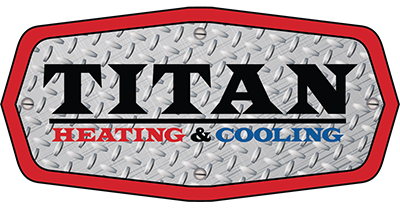There are so many ways to heat a home. Some heating systems share components with the home’s cooling system, while others work independently. Some are more effective for large spaces, while others are better for zoned heating. In some cases, a home can have more than one heating system: For example, homes with recent additions or seasonal rooms often use a different heating method for those rooms. And the different systems use a variety of fuel sources, including natural gas, propane, fuel oil, electricity, or solar. The type of heating system you have in your home will depend on several factors, including your home’s specific heating needs as well as your own preferences. Ultimately, the right home heating system will keep your home comfortable while using energy efficiently. If you’re planning a move or looking to update your existing home’s HVAC system, there are many factors to consider in choosing the right system for you. Here are five common home heating systems, with pros and cons for each, to help you make the right choice for your home. 1. Forced-Air Furnace The most common type of home heating system in North America is the forced-air furnace. It uses a heat exchanger to warm air, which is then pushed by a blower fan through a duct system to registers throughout the house. Another system of ducts then returns air back to the furnace through cold-air returns. The forced-air furnace is multipurpose, as it can be combined with a cooling system, using the same ductwork and fan. It can run on natural gas, propane, fuel oil, or electricity (but natural gas is the least expensive and most efficient). Pros: High efficiency ratingsAffordableLong-lasting: can last 15-30 years before you’ll need a furnace replacementCan be combined with A/CHeats and cools quicklyFilters and humidifiers can be added Cons: Fan can be loudGas furnaces pose a fire riskPotential source of carbon monoxide poisoning (make sure you have a CO detector near your furnace!)Can dry out the air in your home (if not combined with a humidifier)Requires space for ductwork in walls 2. Boiler and Radiator System Traditional boiler and radiator systems are most often found in older homes. The boiler works by heating water in a tank that is then sent through a series of pipes connected to radiators throughout the house via electric pumps (though some circulate steam through the pipes, rather than hot water). This type of heating system is great for providing zoned heating, but is not as efficient as a forced-air system for heating large areas. Boilers can run on natural gas, propane, electricity, biodiesel blends, or fuel oil (but most boilers in the U.S. run on natural gas). Pros: Natural gas boilers are extremely efficientEasy to control the heat in individual roomsWon’t dry out the air like a forced-air furnace canTraditional upright cast iron radiators can be updated to baseboard or wall panel options Cons: Repairs can be expensiveRadiators take up space, and you can’t put furniture or window coverings close to themCan’t combine with A/C 3. Baseboard Heaters Baseboard heaters (also known as zone heaters) send hot air out of the top of the unit while pulling cool air into the bottom. There are two main types of baseboard heaters: hydronic and electric. Hydronic baseboard heaters are essentially a modern version of traditional radiators. A central boiler heats water that then circulates through a system of piping to low-profile baseboard heating units. The boiler can run on natural gas, propane, fuel oil, or electricity. Baseboard heaters also work great as a supplement to solar heating systems. Pros: Very energy efficientRuns quietlyLow maintenancePrecise temperature controlLong-lasting — can last for several decades Cons: Takes up space, limiting where you can place furniture (units can’t be blocked)Slow to...
Read More
13
Feb


